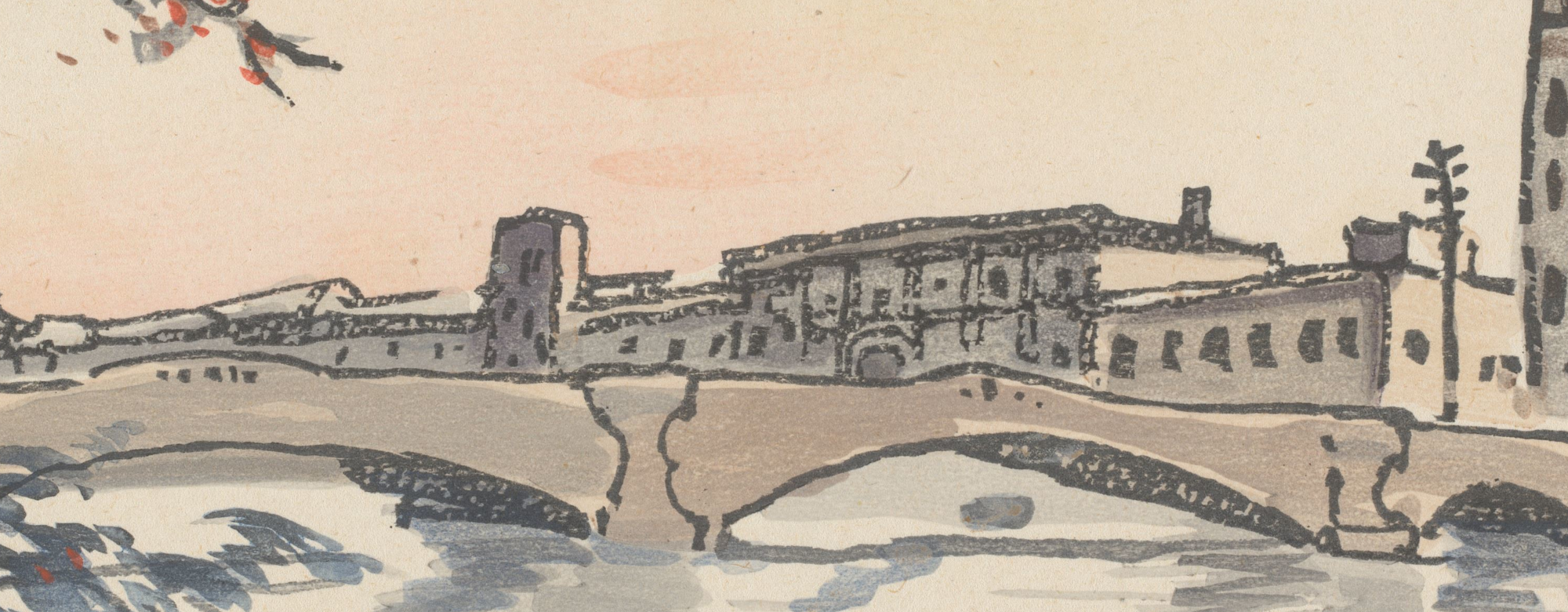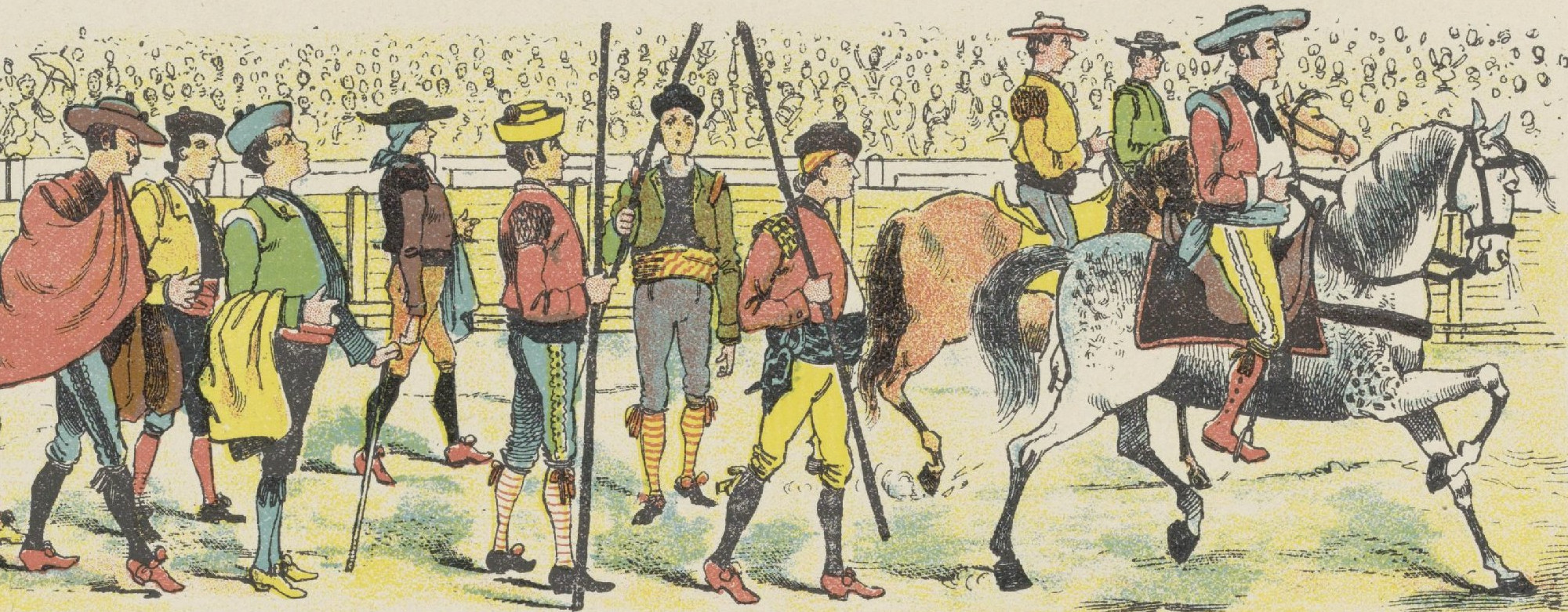This is the fourth blog post in our series on trends in national copyright policy following the DSM implementation. With the national processes finalised in all but one Member State, we’re evaluating the transpositions to understand the impact of our proposals, identify areas of convergence and divergence, and assess how those affect the position of users and the Public Domain. Previously, we presented our research on the implementation of research rights, education rights, the Public Domain safeguard and cultural heritage rights. In this blog post, we share the results of our comparative analysis on the implementation of the new press publishers’ right.
Background
Article 15 of the DSM Directive establishes a new related right for press publishers, allowing them to control online uses of their press publications by information society service providers. More specifically, Member States are required to grant to press publishers established in the EU the exclusive rights to authorise or prohibit the reproduction and making available to the public of their publications by information society service providers. As a result, any online uses of press publications by those service providers that go beyond individual words and very short extracts can only take place with the press publishers’ permission.
While Article 15 targets uses by information society providers, it negatively affects access to information by the wider public within the EU. Therefore, our priority during the national transpositions was to ensure that all legal limits to this new right were respected. For this reason, our comparative analysis focuses only on the implementation of the definition of press publications in Article 2(4), on the exclusions from the scope of protection in Article 15(1), on the protection of uses of public domain publications and uses permitted under non-exclusive licences in Article 15(2) in fine, and on the optional and mandatory limitations and exceptions as permitted by Article 15(3). For an examination of other elements of Article 15, we recommend this study by Christina Angelopoulos.
Most MS respect the definition of press publication
Nearly all elements of Article 15 are prescriptive. Yet that did not stop several Member States from leaving their own mark during the implementation of this provision. Starting with the definition of press publication, several national lawmakers introduced changes to the text even where the EU law did not afford them that flexibility.
Most of the variations encountered in the definition of press publication are probably innocuous. For instance, three Member States (Cyprus, Malta and Spain) introduced language from recital 56, which clarifies that the new right shall not apply to “websites, such as blogs, that provide information as part of an activity that is not carried out under the initiative, editorial responsibility and control of a service provider, such as a news publisher.” We do not see any conflict with the text of the Directive in those instances and, in our recommendations on Article 15, we even suggested the inclusion of that example in national laws, to make the subject matter clearer.
In a few cases, however, the changes to the definition might have an impact on the delimitation of the press publishers’ rights. For example, Article 2(4) in fine carves-out “periodicals that are published for scientific or academic purposes” from the definition of press publication, but Austria extended the carve-out to periodicals published for artistic purposes, offering literary magazines as an example of such a periodical. More concerning from our perspective, however, are modifications or omissions that might result in expanding the subject matter covered by the new right. To give a couple of examples: Denmark does not have a definition of press publication in the law, and Austria failed to implement Article 2(4)(c), which requires that the press publication must be published in any media under the initiative, editorial responsibility and control of a service provider.
Still, non-compliant implementations of Article 2(4) are far from being the norm: aside from Denmark, only six Member States have a definition of press publication that does not seem to fully comply with the Directive. The remaining nineteen Member States either follow closely the wording of the Directive or introduce changes to the definition that are apparently inconsequential:
- Definition of press publication (probably) complies with EU law: BE, BG, CY, CZ, FI, DE, GR, HU, IE, IT, LV, LU, MT, NL, PT, RO, SK, SL, SE
- Definition of press publication (probably) not fully complies with EU law: AT, HR, EE, FR, LT, ES
- No definition of press publication: DK
Most MS fail to make a compliant implementation of all mandatory limits to the new right
From a users’ rights perspective, the exclusions in Article 15(1) are extremely important. They offer a negative delimitation of the scope of protection of the new right, preventing its expansion to uses that are not made by information society providers (private or non-commercial uses of press publications by individual users), acts that are not covered by copyright (acts of hyperlinking), uses that cannot be appropriated by anyone (uses of individual words) and uses that are protected by fundamental freedoms (uses of very short extracts of a press publication). It is thus very concerning that only a few Member States have properly implemented all of these substantive limits.
Looking into the implementation of the second paragraph of Article 15(1), which excludes private or non-commercial uses of press publications by individual users, we verify that the vast majority (twenty-two Member States) implemented both limits. Yet, in one of those Member States (Portugal) the implementation does not fully comply with the DSM Directive, since private uses are subject to two additional conditions: the individual user must have lawful access to the press publication and the use must take place in the context of the exercise of the right to be informed. Belgium, the Czech Republic and France bypassed the implementation of this paragraph altogether, and Sweden only excluded non-commercial uses:
- Exclude private uses: AT, BG, HR, CY, DK, EE, FI, DE, GR, HU, IE, IT, LV, LT, LU, MT, NL, PT (subject to further conditions), RO, SK, SL, ES
- Do not exclude private uses: BE, CZ, FR, SE
- Exclude non-commercial uses: AT, BG, HR, CY, DK, EE, FI, DE, GR, HU, IE, IT, LV, LT, LU, MT, NL, PT, RO, SK, SL, ES, SE
- Do not exclude non-commercial uses: BE, CZ, FR
The implementation of the third paragraph of Article 15(1) is more successful. All Member States establish that the press publisher’s right shall not apply to acts of hyperlinking, and only Cyprus has narrowed down the reach of the exclusion, by applying it to links that can be “activated” by the user (thus excluding other forms of links such as those that use framing technology).
The fourth and final paragraph of Article 15(1) contains one of the main substantial limitations to the new press publishers right, the exclusion of uses of individual words or very short extracts of a press publication. All Member States implemented this provision, but not all stuck to the wording of the Directive. In spite of the fact that the EU lawmaker intended the notion of “very short extracts” to be an autonomous concept of EU law, subject to a harmonised interpretation, three national laws limit the length of such extracts. Six Member States, on the other hand, added a new condition borrowed from recital 58, which states that “the exclusion of very short extracts (must) be interpreted in such a way as not to affect the effectiveness of the rights provided for in this Directive”:
- Use of very short extracts not subject to further conditions: AT, BE, CY, CZ, DK, EE, FI, DE, HU, IE, LV, LU, MT, NL, PT, SL, SE
- Use of very short extracts subject to quantitative restrictions: BG, LT, RO
- Use of very short extracts subject to the condition that the use must not affect the effectiveness of the right and/or be capable of replacing the press publication and/or be capable of exempting the reader from referring to it: HR, FR, GR, IT, SK, ES
Some MS do not protect Public Domain and open licensed publications from the reach of the new right
Two other important restrictions to this new right are set forth in the last two sentences of Article 15(2). According to these provisions, the new exclusive right may neither be invoked to prohibit uses by other authorised users (on the basis of a non-exclusive licence) nor to prohibit uses of works or other subject matter for which protection has expired.
As an organisation that works to defend the Public Domain from misappropriation and that strongly supports the use of open licences to improve access to knowledge, we would have expected to see these mandatory restrictions implemented in all Member States. However, some Member States have missed out the implementation of one or both of these provisions:
- Protects uses by other authorised users: AT, BG, CY, FI, FR, DE, GR, HU, IE, IT, LV, LT, LU, MT, NL, PT, RO, SK, SL, ES
- Does not protect uses by other authorised users: BE, HR, CZ, DK, EE, FR, HU, SE
- Protects uses of Public Domain publications: AT, BG, CY, FI, DE, GR, HU, IE, IT, LV, LT, LU, MT, NL, PT, RO, SK, SL, ES
- Does not protect uses of Public Domain publications: HR, CZ, DK, EE, FR, HU, SE
Press publisher right not subject to relevant L&Es in a few MS
Finally, Article 15(3) states that the new right available to press publishers is subject to all the optional and mandatory limitations and exceptions laid out in the InfoSoc Directive (including those allowing quotations), in the Orphan Works Directive, in the Directive implementing the Marrakesh Treaty and in the DSM Directive itself. A detailed comparison of the exceptions applicable to the press publisher right and other related rights reveals, however, that in a few cases Member States decided not to extend all of those relevant exceptions to the new right:
- Press publishers’ right subject to all national L&Es applicable to other related rights: AT, BE, BG, CY, DK, EE, FR, DE, GR, HU, IT, LV, LT, LU, MT, NL, PT, RO, SK, SL, ES
- Press publishers’ right not subject to all national L&Es applicable to other related rights: HR, CZ, FI, IE, SE
Conclusion
Article 15 is problematic, from COMMUNIA’s perspective, because it creates a new layer of exclusive rights on top of copyright (journalists and press publishers continue to benefit from copyright protection with regards to their original works and publications), without a clear demonstrated need or economic evidence that such exclusivity was needed.
The objective of the EU lawmaker was to improve the downward-sliding financial outlook of press publishers in the online environment, but an exclusive right does not necessarily translate into revenues. So much so that a few national lawmakers decided to go a step further, introducing licensing provisions, or even resorting to competition law to force information society service providers to licence content from press publishers for reuse on their news aggregators and media services.
In spite of that, several Member States ended up with a new exclusive right that has a broader scope of protection than what was intended by the EU lawmaker. Out of the twenty-six Member States analysed, only eight make a compliant implementation of all the mandatory limits foreseen in the Directive. A poor result that should definitely deserve the Commission’s attention.
In the final blog post in this series, we’ll focus on the implementation of Article 17.

